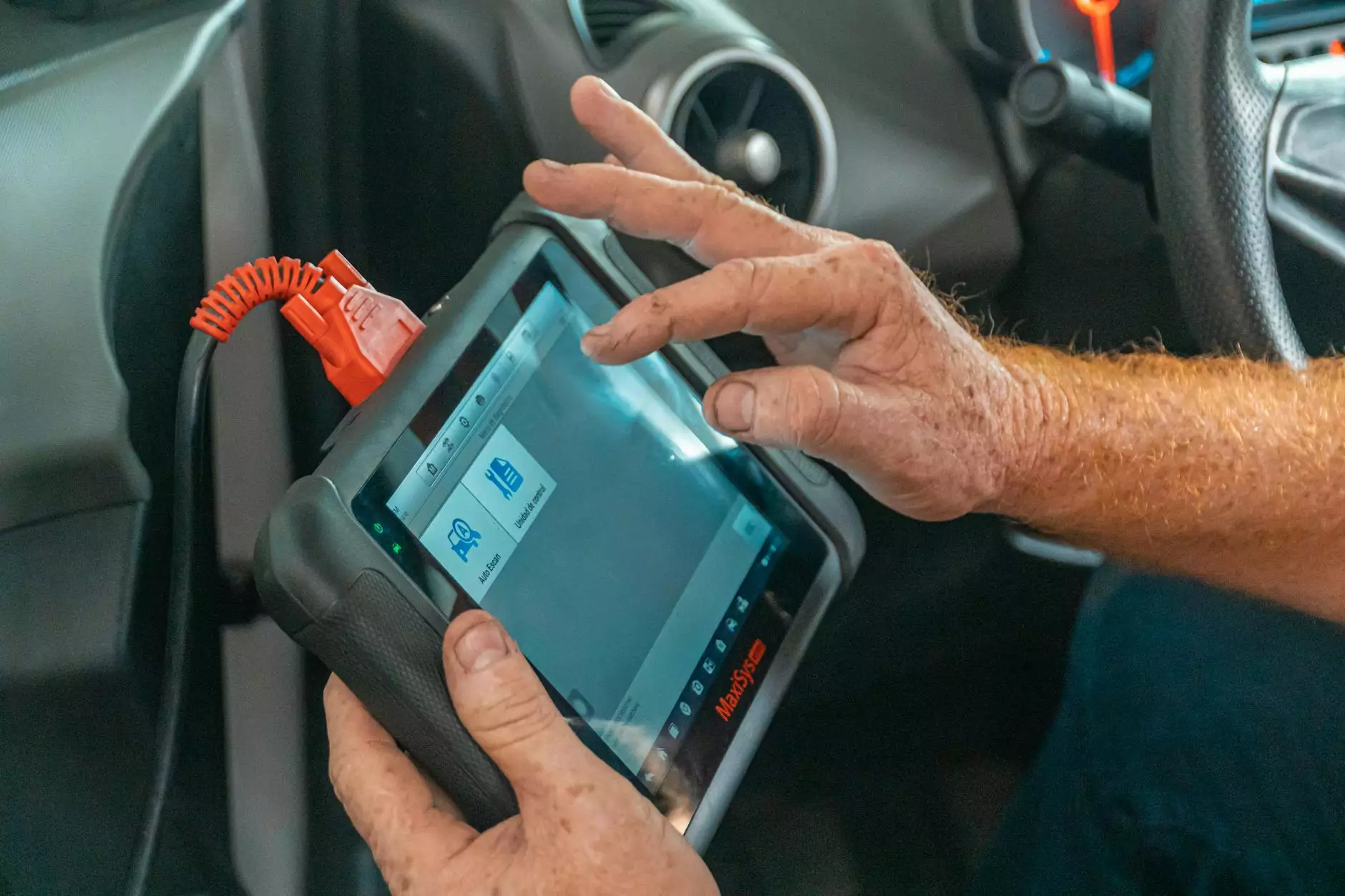Lung Cancer CT Scan: Understanding Its Importance and Benefits

What is a Lung Cancer CT Scan?
A lung cancer CT scan, or computed tomography scan, is a sophisticated imaging technique that uses X-rays and computer technology to create detailed images of the lungs. This procedure plays a pivotal role in the early detection and management of lung cancer, allowing healthcare professionals to identify potential tumors and assess their size and location accurately.
Why is a Lung Cancer CT Scan Important?
The significance of a lung cancer CT scan stems from its ability to provide comprehensive insights into lung health. Here are some key reasons why this test is vital:
- Early Detection: CT scans are highly effective at spotting small tumors that may not be visible on standard X-rays, allowing for earlier intervention and treatment.
- Precise Diagnosis: This imaging technique helps differentiate between benign and malignant growths, enabling accurate diagnosis.
- Treatment Planning: The detailed imagery assists doctors in formulating effective treatment plans tailored to the patient's specific condition.
- Monitoring Progress: For patients undergoing treatment, CT scans can monitor the effectiveness of therapies and identify any changes in tumor size or condition.
How Does a Lung Cancer CT Scan Work?
The process of undergoing a lung cancer CT scan is relatively straightforward and typically involves the following steps:
- Preparation: Patients are often asked to refrain from eating or drinking for a few hours prior to the scan.
- Positioning: During the scan, patients lie on a moveable table that slides into the CT machine. It’s crucial to remain still to obtain clear images.
- Scanning Process: The CT machine takes multiple X-ray images from different angles, which a computer then compiles into cross-sectional images of the lungs.
- Final Steps: After the scan, patients can go about their day normally. Results are usually available in a short period.
Benefits of a Lung Cancer CT Scan
There are numerous benefits associated with having a lung cancer CT scan performed. Here are some of the most significant advantages:
- Non-Invasive: CT scans are non-invasive, which means they do not require surgery or other invasive procedures to obtain the necessary images.
- Quick Procedure: The scanning process is typically quick, often taking less than 30 minutes to complete.
- Early Intervention: By detecting lung cancer at an early stage, patients have a higher chance of successful treatment and improved survival rates.
- Comprehensive Analysis: CT scans provide detailed visual information about not just tumors but also lymph nodes and surrounding tissues, aiding in thorough assessments.
Who Should Consider a Lung Cancer CT Scan?
While anyone can benefit from a lung cancer CT scan, certain groups should consider it more strongly:
- Smokers and Former Smokers: Those with a significant smoking history are at a higher risk of developing lung cancer.
- Family History: Individuals with a family history of lung cancer may want to undergo regular scans for early detection.
- Occupational Hazards: Workers exposed to carcinogens, such as asbestos or certain industrial chemicals, should discuss CT scans with their healthcare providers.
- Existing Lung Conditions: Patients with chronic respiratory diseases should monitor their lung health closely.
What to Expect After a Lung Cancer CT Scan
Upon completion of a lung cancer CT scan, patients will receive instructions regarding the next steps. Here’s what generally occurs:
- Reviewing Results: The radiologist will analyze the images and generate a report, which will be communicated to the referring physician.
- Follow-Up Appointments: Depending on the results, patients may need follow-up scans or additional tests.
- Understanding Imaging Findings: It’s essential for patients to discuss the outcomes with their healthcare provider to understand any implications and subsequent care strategies.
Potential Risks and Considerations
While a lung cancer CT scan is generally safe, there are some potential risks and considerations to keep in mind:
- Radiation Exposure: CT scans involve exposure to radiation, though the dose is minimal and within safety limits.
- False Positives: Occasionally, CT scans may show areas of concern that are not cancerous, leading to unnecessary anxiety or further testing.
- Contrast Material Risks: If a contrast agent is used, there may be a risk of allergic reaction or kidney issues, especially in at-risk patients.
Advancements in Lung Cancer Screening
The field of lung cancer screening is advancing rapidly, integrating new technologies and methodologies. Here are some notable developments:
- Low-Dose CT Scans: These scans use significantly lower radiation doses and have been shown to effectively reduce lung cancer mortality among high-risk groups.
- Artificial Intelligence: AI is increasingly being utilized to improve accuracy in interpreting CT scans, potentially identifying cancers at even earlier stages.
- Integrative Approaches: Combining CT scans with blood tests or other biomarkers may enhance the accuracy of lung cancer diagnostics.
Conclusion: The Vital Role of Lung Cancer CT Scans at HelloPhysio
In conclusion, a lung cancer CT scan is an indispensable tool in the early detection and management of lung cancer. At HelloPhysio, we are committed to providing top-notch health services, including advanced imaging techniques, to ensure our patients receive comprehensive care. Regular screenings can save lives, and understanding the details of this procedure is crucial for patients and their families. Don’t hesitate to consult with our experienced team about lung cancer screening options tailored to your health needs.









